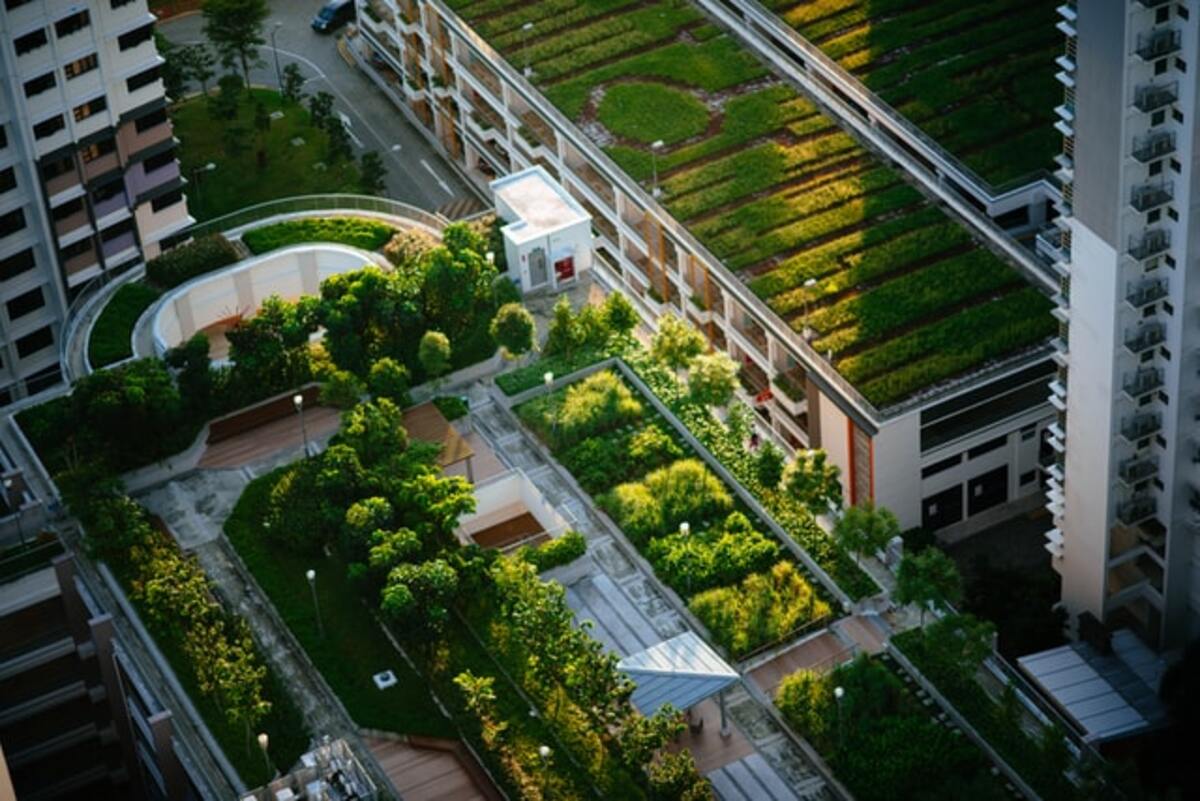Energy-Efficient Roofing Solutions for Midsize Buildings

In an era marked by increasing concern over climate change and rising energy costs, the demand for energy-efficient building solutions has never been higher. One often overlooked but highly effective approach to energy efficiency is the implementation of energy-efficient roofing systems for midsize buildings. These roofs not only reduce energy consumption and greenhouse gas emissions but also offer a range of other benefits that make them a compelling choice for building owners and managers.
- Reflective Roofing Materials: One of the simplest and most cost-effective ways to boost energy efficiency in midsize buildings is by using reflective roofing materials. These materials, often referred to as “cool roofs,” have a high solar reflectance and thermal emittance, which means they reflect a significant portion of the sun’s rays and release heat efficiently. This helps keep the building’s interior cooler, reducing the need for air conditioning and lowering energy bills.
- Green Roof Systems: Green roofs are another innovative option for midsize buildings. These roofs incorporate vegetation, such as grass or plants, which provides natural insulation and cooling properties. Green roofs not only reduce energy consumption but also improve air quality, enhance aesthetics, and contribute to urban biodiversity.
- Insulation: Adequate insulation is a crucial component of energy-efficient roofing systems. Proper insulation prevents heat from escaping during the winter and keeps the interior cooler during the summer. By maintaining a stable indoor temperature, insulation reduces the need for heating and cooling, leading to significant energy savings.
- Solar Panels: Installing solar panels on the roof of a midsize building is an excellent way to generate clean energy and reduce electricity bills. Solar panels harness the power of the sun to generate electricity, which can be used to power the building’s lights, appliances, and HVAC systems. Additionally, excess energy can be stored or sold back to the grid, providing potential cost savings and even income.
- Cool Roof Coatings: Roof coatings can be applied to existing roofing materials to enhance their reflective properties. Cool roof coatings can significantly reduce the heat absorbed by the building, thereby decreasing cooling requirements. They also extend the lifespan of the roof by protecting it from UV rays and weather damage.
- Roof Ventilation: Proper roof ventilation is essential for maintaining a comfortable indoor environment and prolonging the life of the roofing system. A well-ventilated roof allows hot air to escape, reducing the need for air conditioning. It also prevents moisture buildup, which can lead to mold and other structural issues.
In conclusion, energy-efficient roofing solutions for midsize buildings offer a range of benefits, from reduced energy consumption and lower utility bills to improved comfort and sustainability. By investing in reflective materials, green roofs, insulation, solar panels, cool roof coatings, and ventilation, building owners and managers can make a significant impact on both their operating costs and the environment.
When considering energy-efficient roofing options, it’s essential to assess the specific needs and goals of your building. Consulting with roofing professionals and conducting a thorough energy audit can help determine the most appropriate and cost-effective solutions for your midsize building. In the long run, the investment in energy-efficient roofing will not only pay off in terms of reduced energy costs but also contribute to a greener and more sustainable future.

